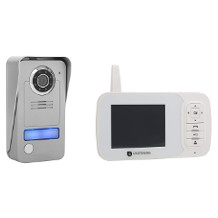Security camera purchasing advice: how to choose the right product
- What You Need to Know
- With a surveillance camera, users always have their flat, house, property or business premises in view.
- An easily visible surveillance camera acts as a deterrent and thus prevents damage to property and burglaries.
- Modern cameras can transmit live images and store recordings. Some devices can be accessed or even controlled remotely from a computer, smartphone or tablet.
- The use of surveillance cameras is limited by legal regulations.
Surveillance cameras effectively counter burglaries
The concern about one’s own home is quite justified: According to the Federal Criminal Police Office, 319 home burglaries were recorded every day across Germany in 2017. In other words, every four minutes a German household was broken into. Although the number of cases has fortunately fallen slightly recently, police statistics for 2017 show that the number of recorded residential burglaries is still very high at 116,540. Such offences significantly affect the population’s sense of security. Not only do those affected lament material losses after a burglary in their own four walls, in many cases they also have to struggle with psychological consequences. The fear of a possible subsequent burglary or an encounter with the perpetrator puts an additional strain on those affected.
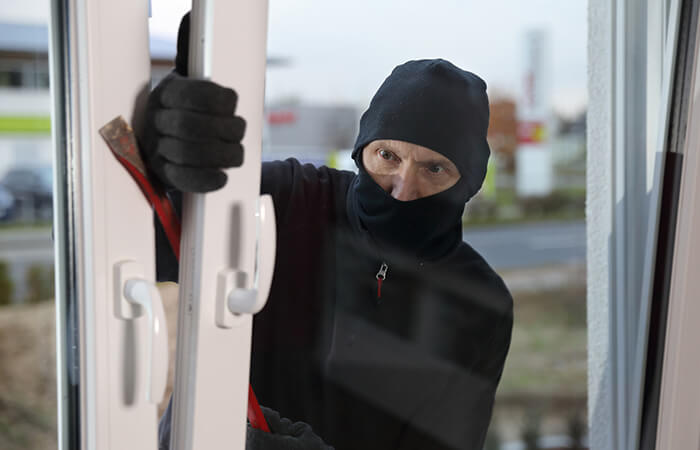
Surveillance cameras have a deterrent effect and help to clarify the course of events
A surveillance camera is a video camera, usually permanently mounted, with which the user permanently monitors an object, such as a house, or an area, such as a house entrance. The recorded image can be transmitted live to a monitor or recorded for later evaluation.
The very presence of such a camera can cause the burglar to abandon his plan. And if something does happen, the recorded images can help the police to solve the crime.
With a surveillance camera, users can, for example, control who enters their property. In addition, the electronic eyes can help to raise the inhibition threshold with regard to vandalism and other crimes. Surveillance cameras are particularly popular for deterring burglars from entering one’s own four walls.
In addition, video cameras are of particular interest to retailers: Compared to a shop detective or security guards, they are cheaper to purchase and operate. In addition, reliable round-the-clock surveillance is ensured. Monitoring is not linked to the working hours of the security staff.
Advantages
- The mere presence of a surveillance camera acts as a deterrent to potential offenders.
- Recordings can be used to solve crimes later.
- For retailers or businesses, it is cheaper to purchase than a shop detective, security guard or guard dog.
- Video cameras record around the clock.
Buying criteria
Surveillance cameras are available in many different versions, with many different functions and for many different applications. It is therefore not surprising that the price range is huge. It ranges from about 35 to 2,000 euros. There are various purchase criteria that concern the type of construction and the built-in technology. We explain the most important factors. If private living space is to be monitored, the visual appearance plays a decisive role – swivelling capability, on the other hand, is not so relevant. Since surface-mounted cables are ruled out for optical reasons in one’s own four walls, as is the inconvenience of flush-mounted cables, users are best advised to choose a wireless IP camera. For business customers, other criteria such as outdoor features for monitoring outdoor areas may also play a role in the purchase decision.
Camera conspicuity
The right camera size depends on the intended use. For the surveillance of the living room, most users may prefer a discreet model. For outdoor burglary protection, the camera can be a little more bulky, and signs on windows and doors could also contribute to further deterrence. Outdoor cameras should also have a certain degree of weather resistance. The IP protection classes provide information on this. A good choice is a camera with protection class IP 65, even better are IP 66 and IP 67.
Buy surveillance cameras in a set: Price advantage and guaranteed compatibility
If several cameras are needed for video surveillance in order to monitor all rooms of a house or an outdoor area in its entirety, it often makes sense to buy a camera set. This is usually cheaper than buying them individually. It also ensures that all components are compatible with each other. In many cases, the necessary accessories, such as power or network cables, are already included in these sets. The number of cameras in a set varies.
Image quality
The quality of the recorded images or video sequences determines how many details users can later recognise on the video. In general, a high resolution is preferable. Possible scenarios: A strange car turns around in the driveway and hits the car parked there. Or someone tampers with the front door, pries it open and steals money or property from the household – in these cases it would be very annoying if the registration number of the vehicle or the face of the intruder could not be recognised. Various factors play a role in the quality.
Resolution: higher is better
Classic surveillance cameras with analogue signal transmission often have a comparatively low resolution. The old analogue PAL standard, which older readers may be familiar with from the now technically superseded tube televisions, resolves with only 720 x 576 pixels. This is sufficient for rough surveillance, such as when the user wants to keep an eye on his pets and it is not important to see every detail sharply. However, the image is too grainy for evaluating licence plates or faces that are not directly in front of the lens.
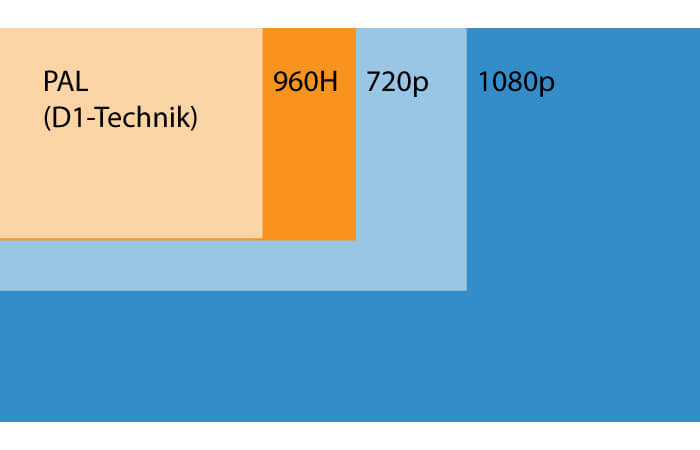
Despite the unstoppable triumph of digitalisation, a few years ago there was also a technical improvement for analogue cameras: Newer cameras with analogue technology have a resolution of about 130,000 pixels more. Although this does not come close to the quality of digital models, it does make it easier to recognise image details. This type of camera is not suitable for private users, but is mainly used in supermarkets.
Resolution of digital camera systems
Modern, digital camera systems for private users have at least 720p resolution. This corresponds to the resolution of HD-ready television sets with 1,280 x 720 pixels. This is sufficient to comfortably recognise persons and objects in the camera’s field of view. If the user uses a camera with full HD resolution, even small details can be recognised that would only be seen sharply by zooming in on devices with fewer pixels. In terms of price, the differences are no longer so dramatic. Therefore, users should always choose the highest possible resolution, provided the storage space allows it. After all, the higher the resolution chosen for digital photos, the more storage space is needed. The minimum should be 720p for both private and business users. More is always better: if possible, both user groups resort to cameras supporting 1,080p.
| Name Resolution standard | Transmission technique | Number of pixels |
| PAL (D1 technology) | analogue | 720 x 576 |
| 960H | analogue | 976 X 582 |
| 720p | digital | 1,280 x 720 |
| 1,080p | digital | 1,920 x 1,080 |
Range: differs especially at night
The various camera models also differ in terms of the maximum range they can cover. This is less about the maximum zoom level; most cameras observe a fixed image section without enlarging it during recording. It is more about the use in dark rooms or at night. In order for the device to be able to take pictures even in complete darkness, an infrared light source is absolutely necessary. In the meantime, infrared LEDs are being installed, which conserve battery power even during prolonged operation. The range of this light is crucial: the size of the area that can be “illuminated” by the camera depends on it. Areas outside this coverage appear black in the video – comparable to an area outside the light cone of a torch. Therefore, this technology is also relevant for parents who want to watch their baby sleeping. This would be equivalent to a baby monitor with video function.
Infrared radiation
Infrared radiation refers to a specific spectrum of electromagnetic waves. Infrared LEDs work with a wavelength between 700 and 1,000 nanometres. The emitted light is invisible to the human eye, but can be captured by a camera lens. In this way, evaluable images are created even in complete darkness, which can later be output on the screen as a black-and-white image.
Motion and face detection
Motion detection ensures that recordings are not made permanently, but only when a person enters the camera’s field of vision. This creates small video sequences, eliminating the tedious search through hours of footage. With some models, the user can specify that he or she will be notified by text message, email or push message when an activity is taking place and receive live images of what is happening. Cameras that have facial recognition go one step further. The user “feeds” them with images of faces belonging to people who are blacklisted or whitelisted. If an unauthorised person who is not on the whitelist then enters the monitored area, the devices sound an alarm. Either only images or video sequences are recorded when a person enters the monitored area. Another method is to film throughout and set markers so that evaluators can jump directly to the relevant parts of the video footage.
Angle of view: Decides on the image detail
The angle of view determines how wide the image section is. Whereas only a small cone is visible as a section of the picture with a low viewing angle coverage of about 30 degrees, a larger edge area is included in the picture with 60-degree coverage. The latter devices should be the right choice for the vast majority of users. At larger viewing angles, such as 180 degrees, the fisheye effect sets in: Although the lens can then cover a complete field of view, there is also excessive distortion, which means that only objects in the immediate vicinity can be recognised.
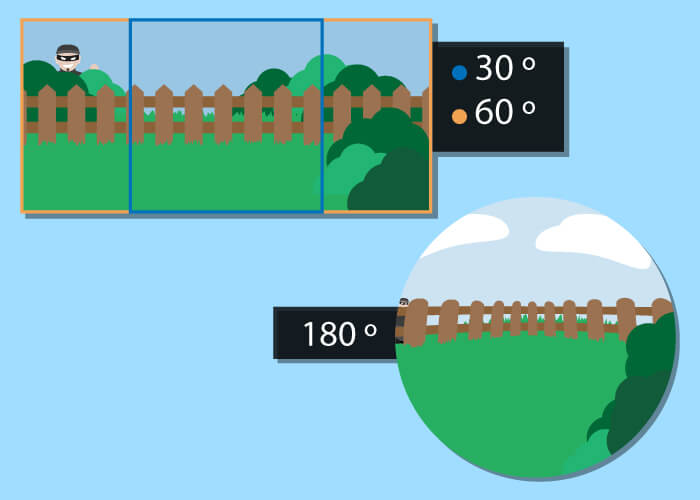
Loudspeaker and microphone: enable interaction
A few models have their own loudspeakers or allow external speakers to be connected. With these, live interaction with the monitored persons is possible. For example, a burglar can be made insecure by addressing him, so that he might abandon his plan. In many cases, a microphone is also built into the camera. With it, users can also hear what noises occur in the monitored area. This makes sense, for example, when monitoring small children: the parents hear the child crying and can calm it down by calling out if they cannot or do not want to go into the child’s room personally. Caution: Here, the legislator defines narrow rules. The permanent recording of videos with sound and spying on the unaware are prohibited.
Smartphone app: operation and control on the move
Users can control modern IP cameras conveniently and from anywhere via smartphone, tablet, etc. For example, they can switch the alarm function on or off, take live still images, stream live videos or view previously recorded files. In the case of camera models with microphone and loudspeaker, a device with the corresponding app can function as an intercom.

Recording type and duration: local storage medium or cloud
The images and recordings of a surveillance camera can either be stored locally in the device on an SD or microSD card or via a network connection, either on a hard drive in the home network or in a cloud data storage. The first method is apparently the easiest for users to implement. Either the storage medium is already included in the scope of delivery, or the user buys it separately. As soon as the user has inserted it into the camera, he can save his pictures and recordings on it. Those who prefer to save their recordings on a computer have to put up with a little more effort. The advantage: if the camera is damaged by vandalism, the image data is still preserved. Alternatively, it is possible to store the images and recordings in a cloud. In this case, users do not need an additional computer in the household to store the data. Rather, the data ends up in a cloud storage. The data is redundantly protected against loss and can be accessed worldwide. Some surveillance cameras include a cloud tariff; with other models, users book an additional tariff. A separate computer is not necessary; the service provider also takes care of the data backup. It is important to secure the cloud access with a secure password.
Power supply: Mains plug or rechargeable battery
Most devices are powered by the mains, but there are also devices on the market with permanently installed or replaceable batteries. However, battery-operated models are only suitable for short-term security measures: For permanent recording, the battery sometimes runs out after only one day of operation and has to be replaced or recharged. Cameras that only record individual still images last longer. If possible, battery-operated models should only be used where there is no power supply. A conceivable place of use is a private property in the forest. Otherwise, models with a mains plug are recommended, as they have unlimited operating time, provided that the loop mode is activated or the memory is not full.
Different types of surveillance cameras
Depending on the intended use, different types of surveillance cameras are suitable: For small rooms, simple mini cameras are usually sufficient. Larger areas are best covered with a dome or PTZ camera. Robust and weatherproof models are recommended for outdoor use. We explain the differences.
Mini-camera: small and inconspicuous
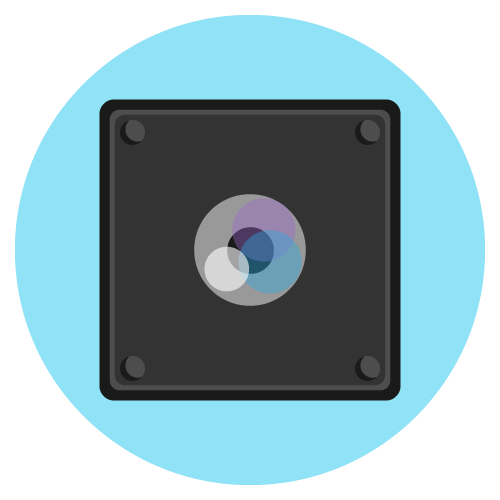
Mini cameras are very compact camera models that can be used to take still pictures and videos. On the one hand, this category includes ordinary compact models the size of a webcam. But there are also more unusual models: the lens of camouflaged mini-cameras is particularly small: their diameter is sometimes only a few millimetres. Some variants are offered camouflaged and built into ballpoint pens, USB sticks or wall clocks. But be careful: spying on people with these devices is forbidden under penalty of law (unless the persons recorded were informed about the use beforehand). The full-size devices are suitable for monitoring pets or small children indoors, for example. For business premises, covert surveillance methods are also conceivable, provided that the presence of video surveillance has been clearly indicated at the entrance.
Dome camera: Surveillance of public spaces
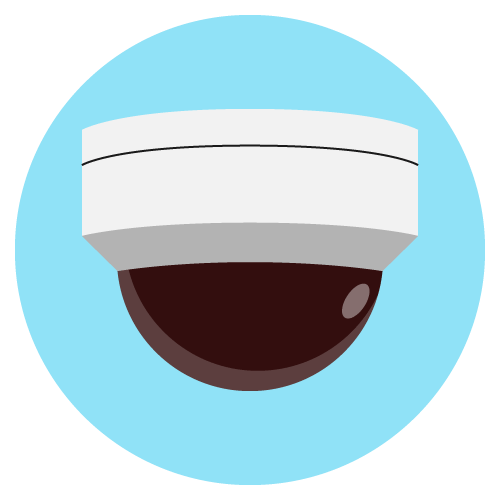
A dome camera is a type of surveillance camera that is housed in a semi-circular plastic dome. These vandal-resistant systems are primarily used in public spaces. Frequent places of use are highly frequented and crime-prone squares, streets and buildings, such as inner-city squares, banks, railway stations and public transport. Consumers, however, know the models mainly from supermarkets or drugstores. Retailers therefore use them as a deterrent and to solve crimes. The dome is opaque, so it is not visible in which direction the camera inside is facing. This increases the deterrent effect.
PTZ camera: pan, tilt, zoom
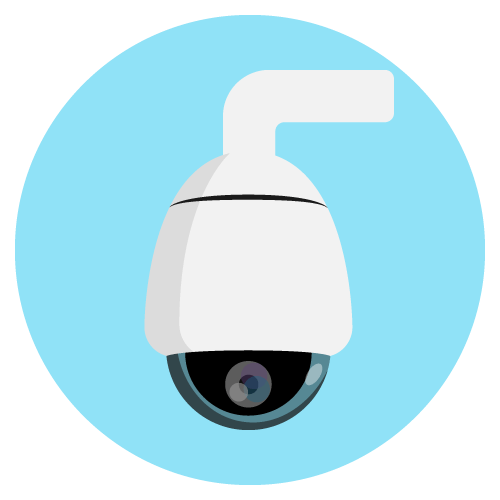
A PTZ camera is a special form of dome camera that has a zoom function in addition to the pan and tilt function. The name stands for the English function descriptions “pan”, “tilt” and “zoom”. These models are usually somewhat larger than conventional dome cameras and display images in a higher resolution. Even more distant objects become visible through the zoom lens. These camera models, which can be controlled individually, are rather not designed for private use. They allow users to cover areas that would normally require several cameras with just one device. They are controlled either by joystick or directly via the computer mouse. With all their functions, they are primarily suitable for business premises, production halls or public places that are monitored by security companies. They turn and rotate the cameras to keep an eye on the entire environment and detect suspicious activities. Private users who want to monitor their house or property are more likely to go for a mini or outdoor model.
Outdoor camera: increased weather resistance and night vision
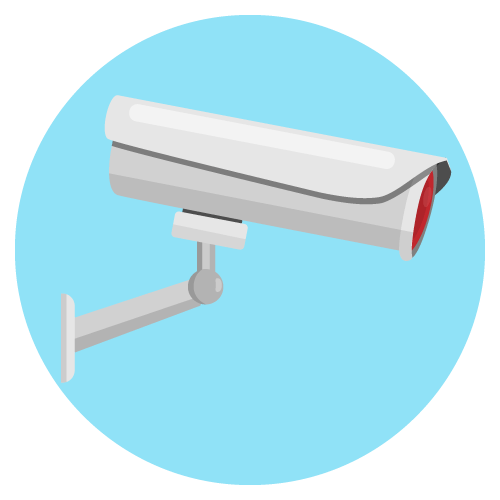
Most people are familiar with an outdoor surveillance camera from public spaces. It has an elongated design and often has a robust housing made of hard plastic or metal. The advantage of such a model is that most people recognise the typical design, which is also symbolised on warning signs and draws attention to the video recording. This is a deterrent. These models are used to monitor outdoor areas; they are rather unsuitable for indoor areas due to their size and obtrusive appearance. A disadvantage of the rigid models is that the covered area is relatively easy to recognise. Accordingly, there may be the possibility for a burglar to enter unnoticed through a blind spot. Therefore, it may be necessary to use several devices to completely cover a target area. One advantage of these camera models is their high weather resistance. For example, many models have IP certification regarding the weather and environmental conditions, such as rain or dust levels, that the device can withstand. Some models are also suitable for recording in the dark thanks to infrared LEDs.
Infrared LEDs
Infrared light sources illuminate the field of view of the camera lens using wavelength ranges between 800 and 1,000 nanometres that are invisible to the human eye. Accordingly, the camera is able to record black-and-white images visible to the human eye even in complete darkness. However, this technology also has a disadvantage: outsiders could recognise the camera even in the dark, as the infrared technology makes bluish or red dots visible when people look into the camera head-on. Such models are suitable for private and business people who want to monitor an outdoor area.
There is a risk of confusion for users regarding the designation IP camera and IP certification.
Risk of confusion
Caution: The abbreviation in IP camera stands for Internet Protocol and should not be confused with the IP protection class, which indicates how resistant electronic devices are to external influences such as dust and moisture.
The IP protection classes indicate the suitability of electrical equipment for various environmental conditions. The first number indicates the degree of protection against foreign bodies and contact, the second number describes the degree of protection against water.
| Protection class specification | Properties |
| IP 65 | dust-tight, full protection against contact, protection against water jets (nozzle) from any angle |
| IP 66 | dust-tight, full protection against contact, protection against strong jets of water |
| IP 67 | dust-tight, complete protection against contact, protection against temporary submersion. |
Dashcams: Monitor the flow of traffic
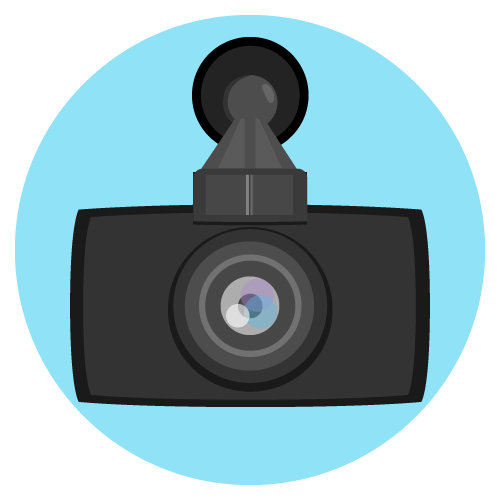
Dashcams are small video cameras that are mounted in the car and monitor the traffic flow there. Strictly speaking, they do not really fit into the category of surveillance cameras, but they can be used as a special case of surveillance cameras. These devices permanently record what happens on the road from the moment they are activated. If no events occur, such as emergency braking or a car accident, the video data is temporarily stored for about three minutes and then overwritten. If, on the other hand, one of the aforementioned events takes place, the corresponding sequence is automatically stored in read-only mode on a storage medium, usually an SD card. This is called a loop recording. The resulting accident images can later help to clarify the question of guilt and thus prevent problems with the insurance company.
How a surveillance camera works
A surveillance camera is a video camera that is available in different sizes and designs. The classics are analogue or digital cameras with a wall arm, which are installed in shops, for example, to prevent shoplifting or to solve it afterwards. Because of their deterrent effect on shoplifters, they are often strikingly designed. We explain how the different models work and go into the peculiarities of cameras with a network connection.
Classic analogue cameras without network function
With these surveillance camera models, the signal is transmitted directly to a monitor and, if necessary, also stored on a data carrier such as a video tape. Digital video data is often also stored on hard disks. To counteract a lack of storage space, these often work according to the so-called loop method. In most cases, these cameras are wired to the receiving device; in these cases, depending on the type of installation (surface-mounted or flush-mounted), a varying amount of construction work is required. In some cases, however, wireless transmission is also possible. The wired variants have advantages in addition to the stationary binding – a disadvantage resulting from the lack of an Internet connection as well as the need for a storage medium:
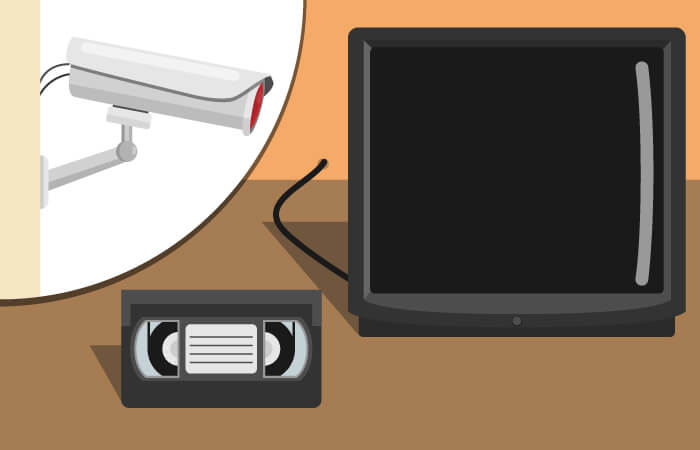
- They are tap-proof
- Transmission is not affected by other wireless devices
Loop recording
Due to the limited storage capacity, many cameras use the loop method. They record content and overwrite it again after a certain period of time (for example, after 72 hours). This has the advantage that users are never forced to manually delete data to create free memory. Some models have a motion detector and automatically secure short video sequences against deletion if a person enters the surveillance area defined by the user. With other models, a corresponding video sequence must be manually protected against overwriting.
They are therefore suitable for shops as well as for private users who do not want their recordings to be transmitted via the Internet.
Network camera: Location-independent access via internet connection
The more modern form of surveillance camera, also called an IP camera, allows worldwide, location-independent access via internet-enabled devices such as desktop computers, laptops, tablets and smartphones. In addition, many devices integrate wirelessly into an existing network. Building work in the house becomes superfluous. Only the power supply is necessary. This is a great advantage because users can access the footage even when they are on the road, for example when they are on holiday. With a bit of luck, the user could notice a burglary immediately through the live image transmission and notify the police.
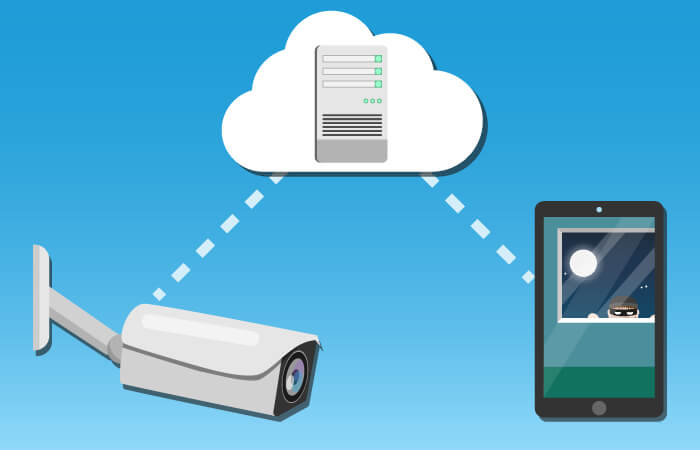
In addition, the acquisition costs for recording and playback devices are significantly lower. The simplest way to store image or video material is to use a storage medium such as an SD card. Loop mode allows data to be recorded in an endless loop. A computer is sufficient for viewing the recordings. A network camera is therefore suitable for private users who want to make sure that everything is in order at home while working or on holiday. However, such a model is also suitable for the uncomplicated monitoring of a shop.
Useful information: installation location, subsidies, additional safety tips
There are a number of things to consider when choosing an installation site. First of all, the area that users want to monitor should be completely covered by the camera. In addition, users should consult the operating instructions to find out what maximum distances from the monitored area must be observed to ensure that the motion or face detection functions without interference. As a general rule, a minimum height of about two and a half metres is recommended, especially for outdoor cameras, in order to be protected from vandalism by passers-by.
Get a financial subsidy for a surveillance camera
Users can have the purchase and installation of a surveillance camera subsidised by the state-owned Kreditanstalt für Wiederaufbau (KfW), provided it is used to protect against burglary. If approved, users receive a 20 percent subsidy for the first 1,000 euros of expenditure. Costs exceeding this amount are subsidised by 10 percent. A maximum of 1,600 euros of state contribution is possible. Interested parties can find a corresponding application on the KfW website.
Additional burglary protection: prevention measures
Many people would like better protection against burglary. Of course, this applies above all to homeowners who have already been burgled once. Many measures are conceivable to deter burglars and potentially to dissuade them from their intentions. For example, it can be helpful to invest in a bright spotlight with a motion detector in addition to installing a surveillance camera. After all, most burglaries or acts of vandalism take place under the cover of darkness. A guard dog can be just as much of a deterrent. Furthermore, it is possible to equip windows and doors with a lever-open protection. The installation of an alarm system can also be considered. For companies, security guards are an option, possibly reinforced by guard dogs.
The best-known manufacturers of surveillance systems are:
Abus | Edimax | Foscam | Instar | Nest | Netatmo | Netgear | Reolink | S-Link | Technaxx | TP-Link

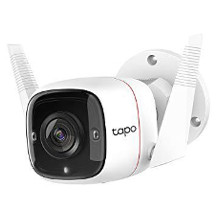
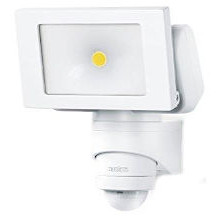
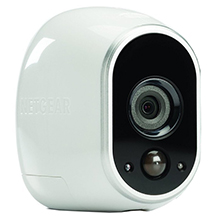
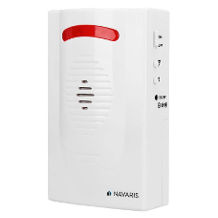
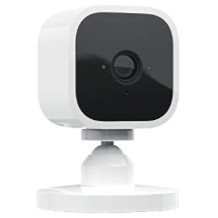
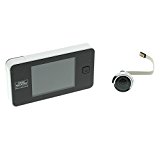
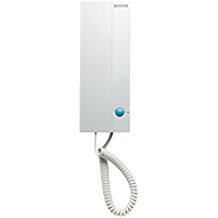
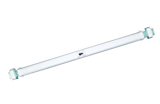
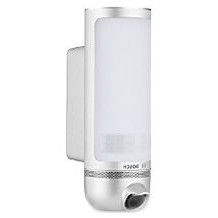
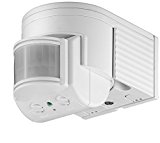

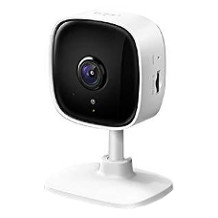

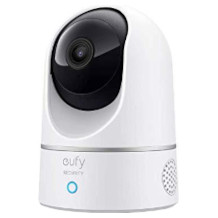
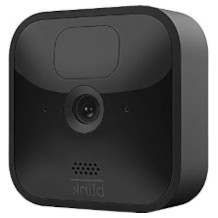
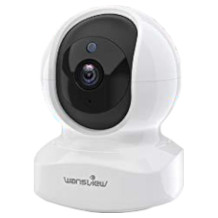
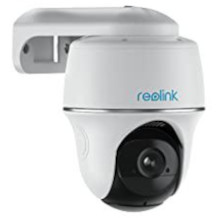
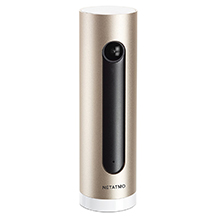
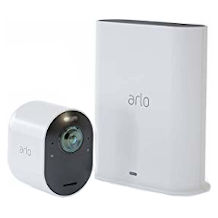
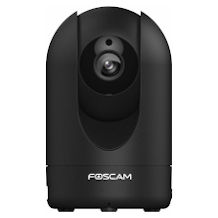

 7,856 reviews
7,856 reviews


